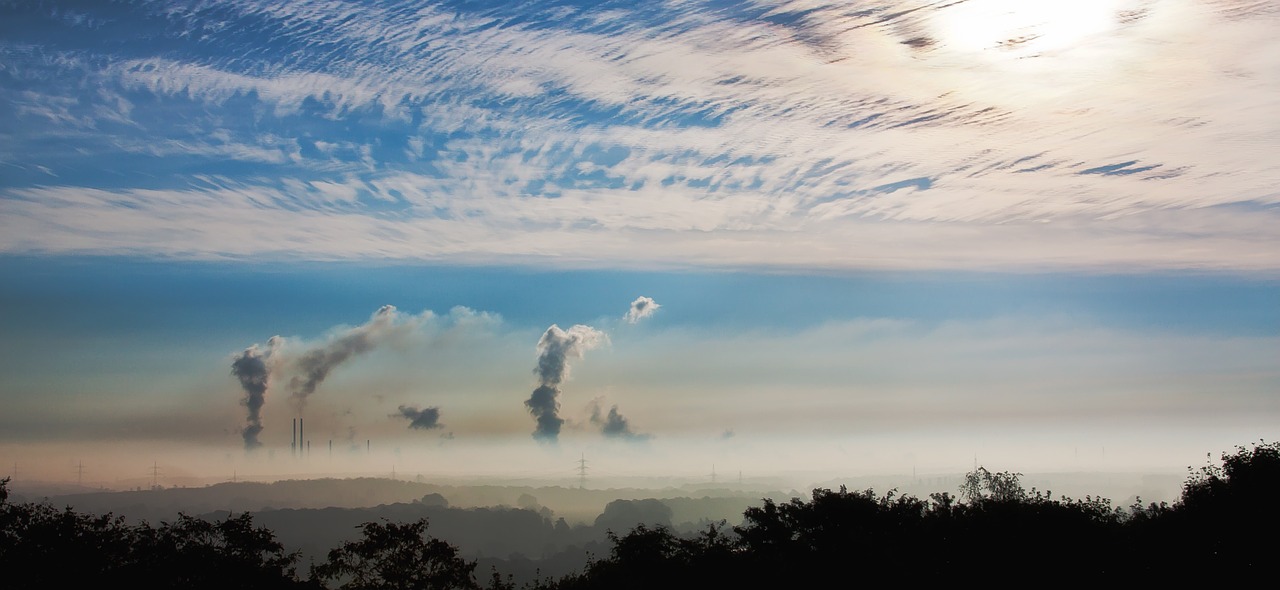
In the News
The Science of Climate Change Explained: Facts, Evidence and Proof
Even within wealthy countries, the poor and marginalized will suffer the most from climate change. People with more resources have greater buffers, like air-conditioners to keep their houses cool during dangerous heat waves, and the means to pay the resulting energy bills. They also have an easier time evacuating their homes before disasters, and recovering afterward. Lower income people have fewer of these advantages, and they are also more likely to live in hotter neighborhoods and work outdoors, where they face the brunt of climate change.
These inequalities will play out on an individual, community, and regional level. A 2017 analysis of the U.S. found that, under business as usual, the poorest one-third of counties, which are concentrated in the South, will experience damages totaling as much as 20 percent of gross domestic product, while others, mostly in the northern part of the country, will see modest economic gains. Solomon Hsiang, an economist at University of California, Berkeley, co-director of the Climate Impact Lab and the lead author of the study, has said that climate change “may result in the largest transfer of wealth from the poor to the rich in the country’s history.”
The New York Times
/
April 26, 2021


